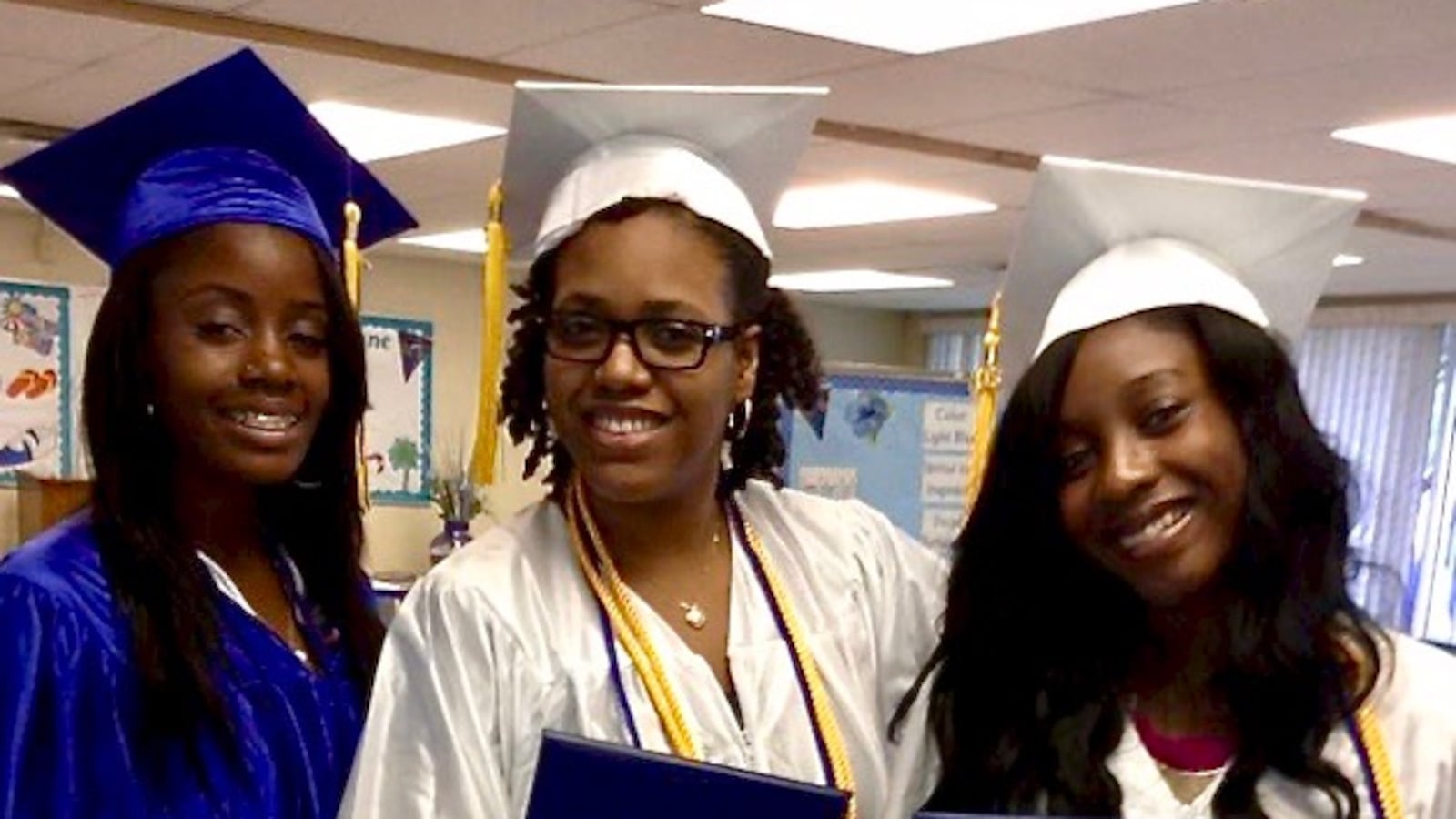Meet Samantha Smylie, a Chicago native who started this week as one of two new reporters at Chalkbeat Chicago. Samantha will be covering the state school board and state education policy. Below is her introduction to our readers.
For high school, I attended John Hope College Preparatory in Englewood. It will close at the end of this school year — becoming one of dozens Chicago has shuttered, but the only district school to be shut down this year.
But while my school won’t exist anymore, my memories of it and of the teachers who worked hard to give us opportunities will.
When I think of my time at Hope, I can’t help but think about the times when it felt like the cards were stacked against all of us.
At the beginning of my senior year, conversation erupted during my advanced placement English class. It was 2012 and the Chicago Teachers Union was on the brink of a strike. Ms. Novak explained to us that she planned to walk out in part over conditions at our school.
What were they like? My classmates and I didn’t have up-to-date or even enough books. The heat malfunctioned so we wore coats in our classrooms in the winter. We did not have much of a world language program nor very many after-school activities.
It was the first time that any teacher had directly addressed the limited resources at our schools and how that lack affected my education. After our conversation, I realized that it wasn’t just my time at Hope where I’d been shortchanged. I’d spent my entire fourth grade year without a permanent teacher, instead enduring a series of substitutes and stand-ins who did nothing about the bullying that made it the worst year of my life.
When I would ask, “Why didn’t we have the resources we needed?” adults would say, “That’s just how things are.”
I plan to continue asking “why?” in my new role as an education reporter at Chalkbeat, and I promise to provide you with better answers to that and other questions than people gave me at the time.
As the state education reporter at Chalkbeat Chicago, I will be writing about K-12 education, what’s working, what’s not, and how the state can improve the classroom experience for its 2 million students. That means improving the teacher supply.
Thinking about the teachers who made such a difference in my academic career: My first- and second-year history teacher, Mr. Grigsby, designed an exchange program that let us talk to students about our culture and history with students at Benito Juarez Community Academy in Pilsen and William Howard Taft High School in Norwood Park. I never would have gone to Oberlin College without help from Ms. Novak, nor studied abroad in London without advice from Ms. Nelson. Neither would I have studied history and international politics at Oberlin without Ms. Hamilton.
Chicago is trying to ensure that all students benefit from inspiring and dedicated teachers like them. I want to report on how Illinois plans to recruit more professionals into its classrooms, retain the ones it has, and diversify its majority-white teacher pool.
I’m eager, too, to hear from readers about what stories you’d like to see on my priority list. Please don’t hesitate to email me at ssmylie@chalkbeat.org or message me on Twitter @sammie_smylie.

